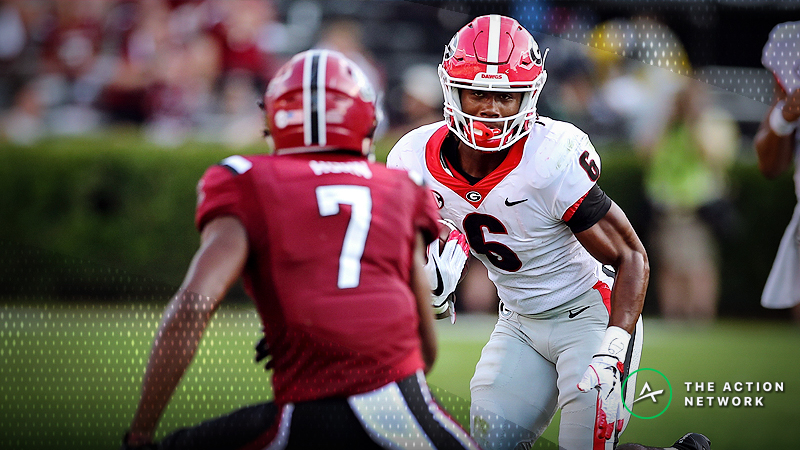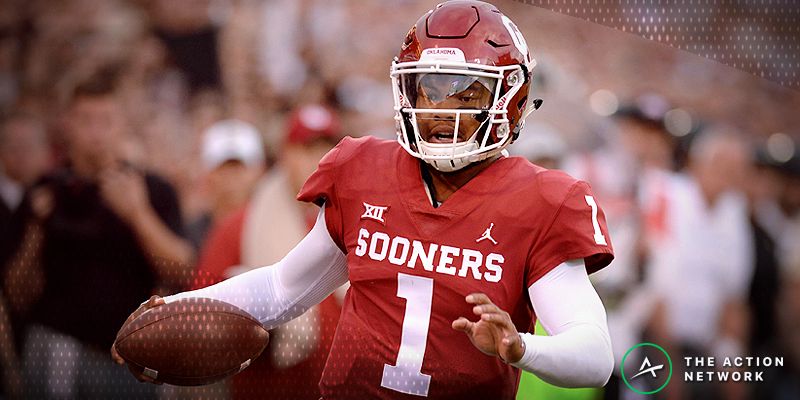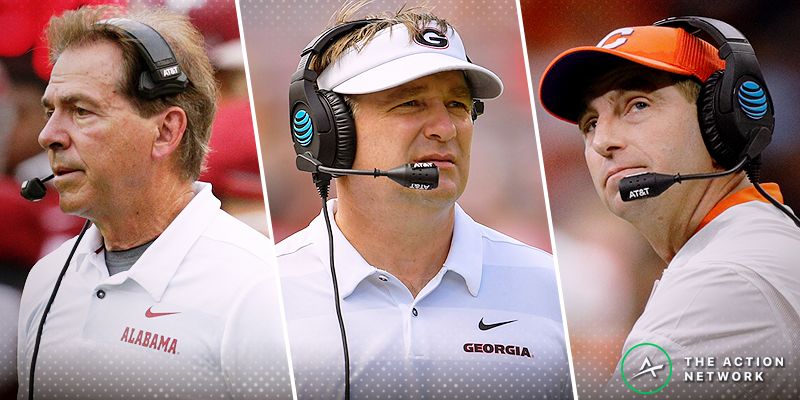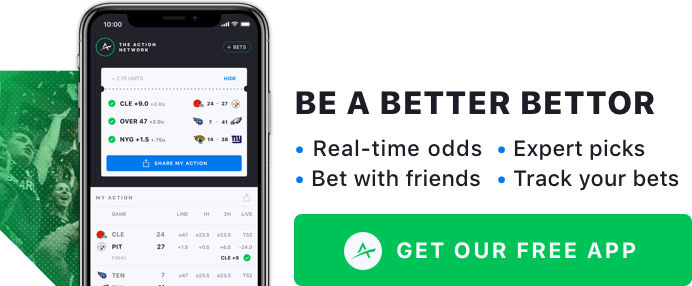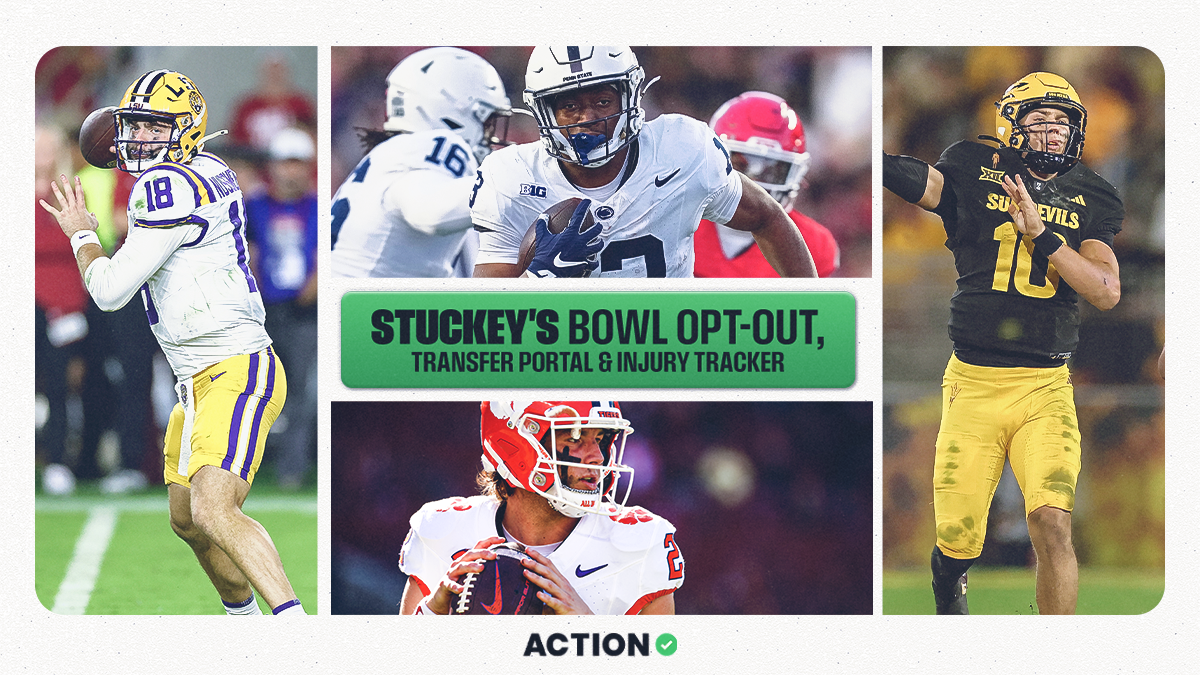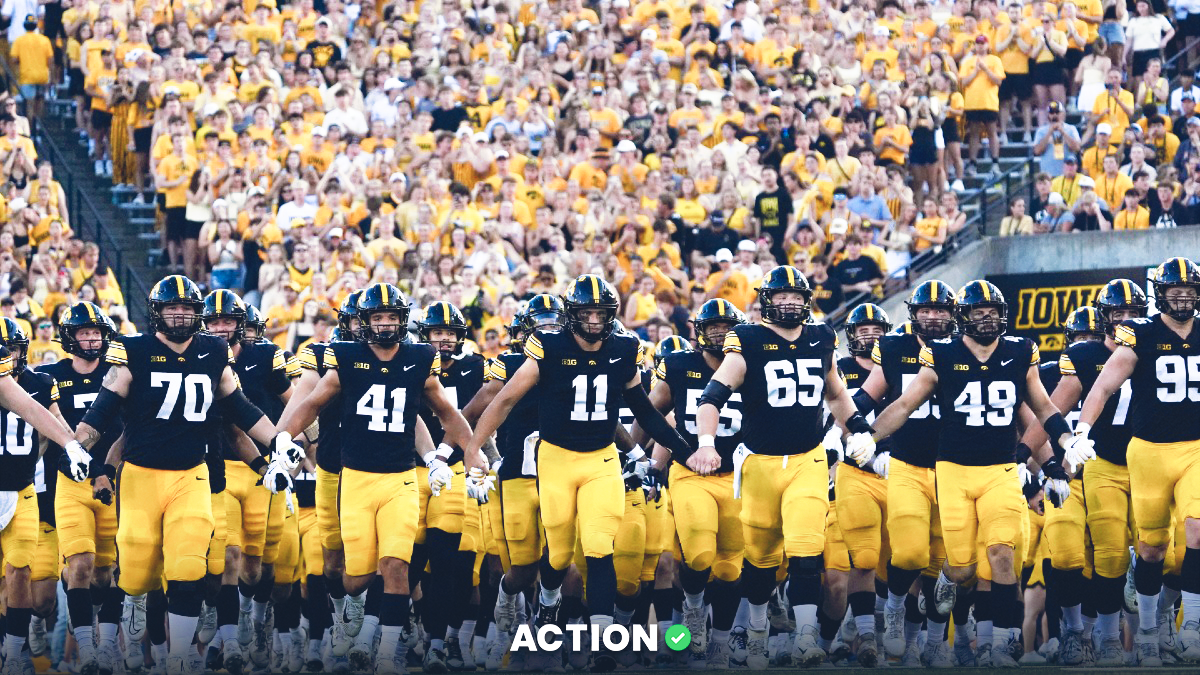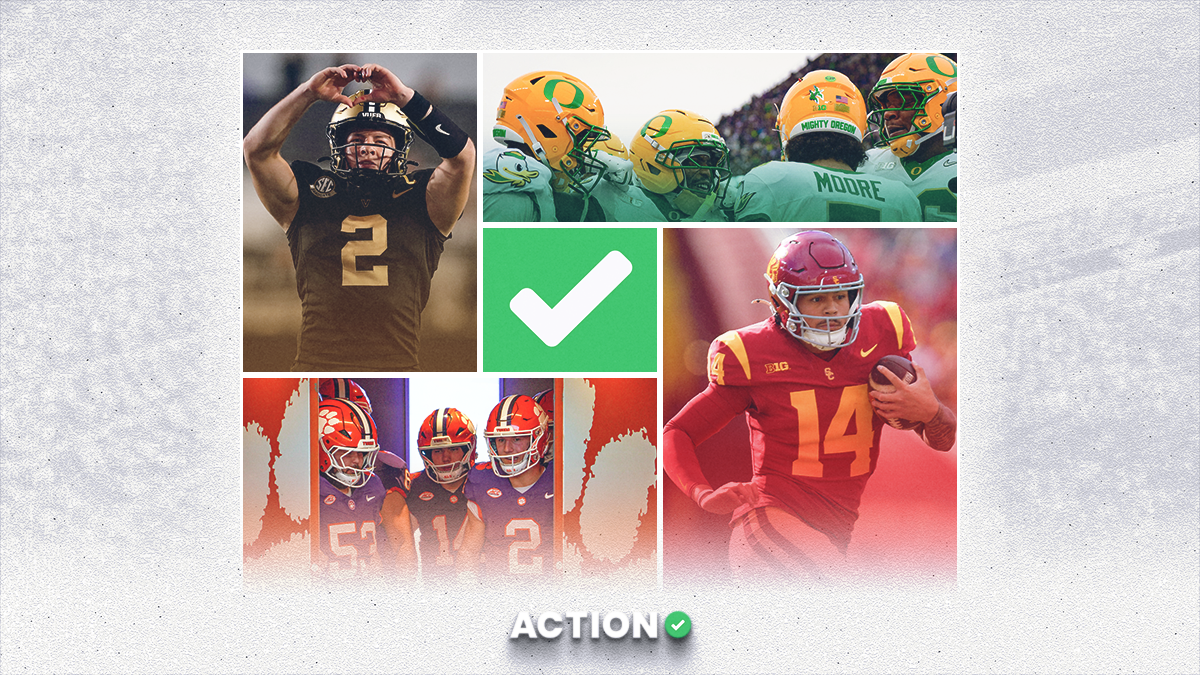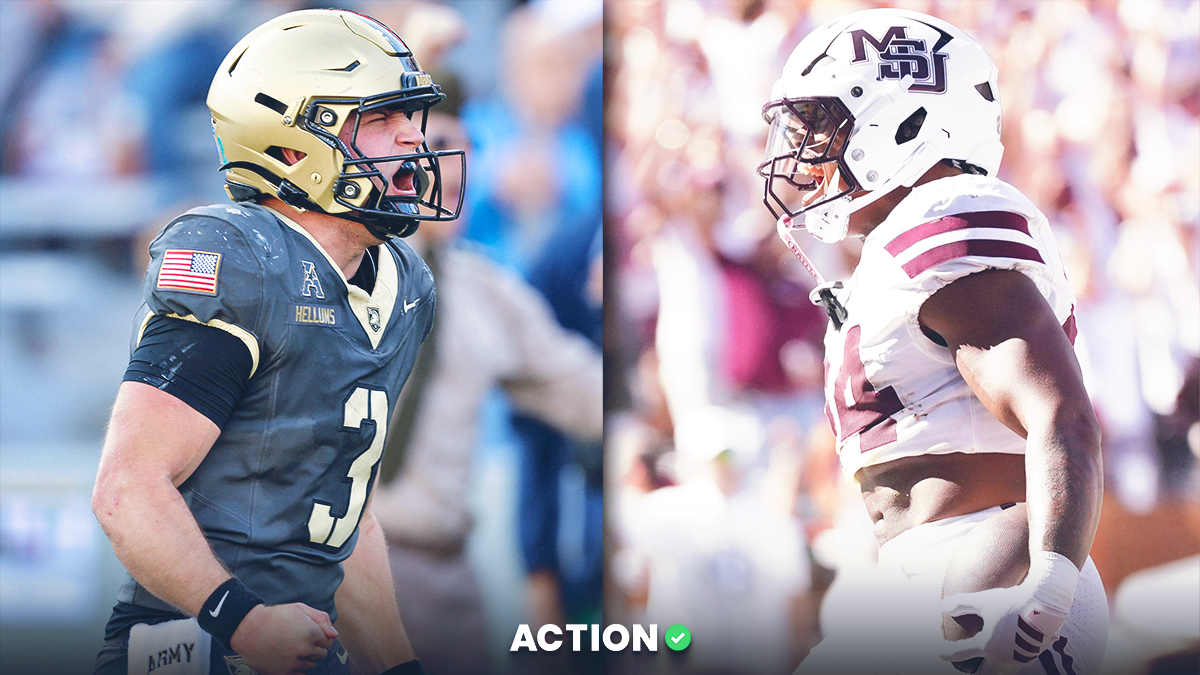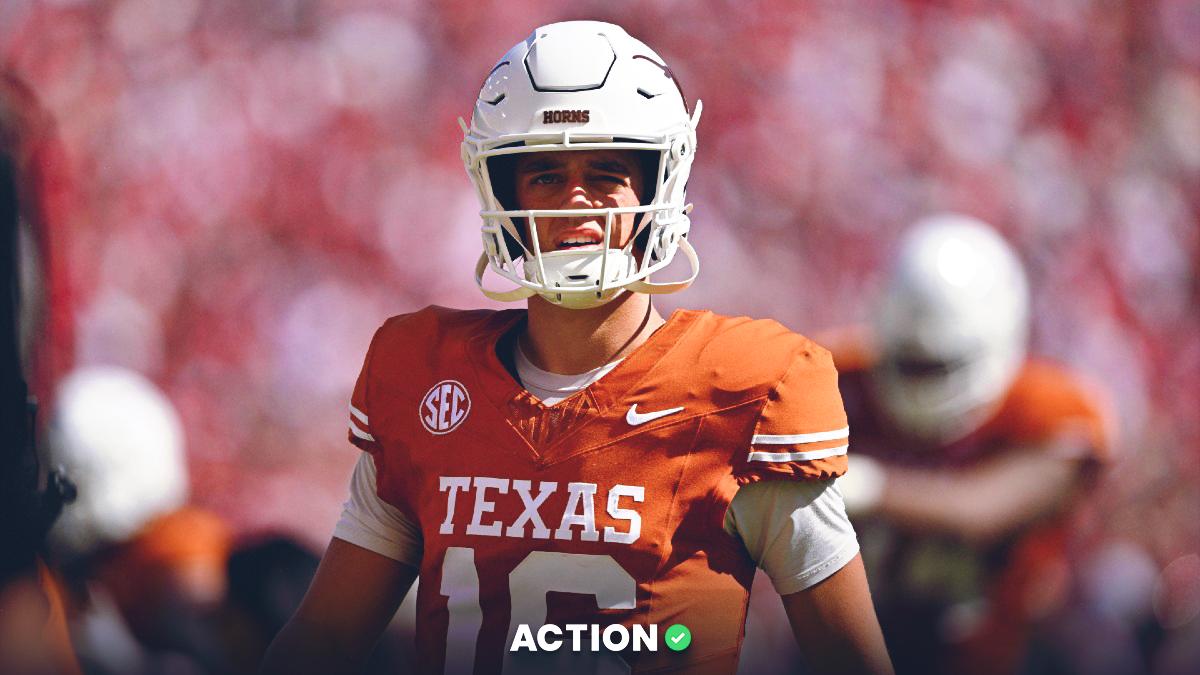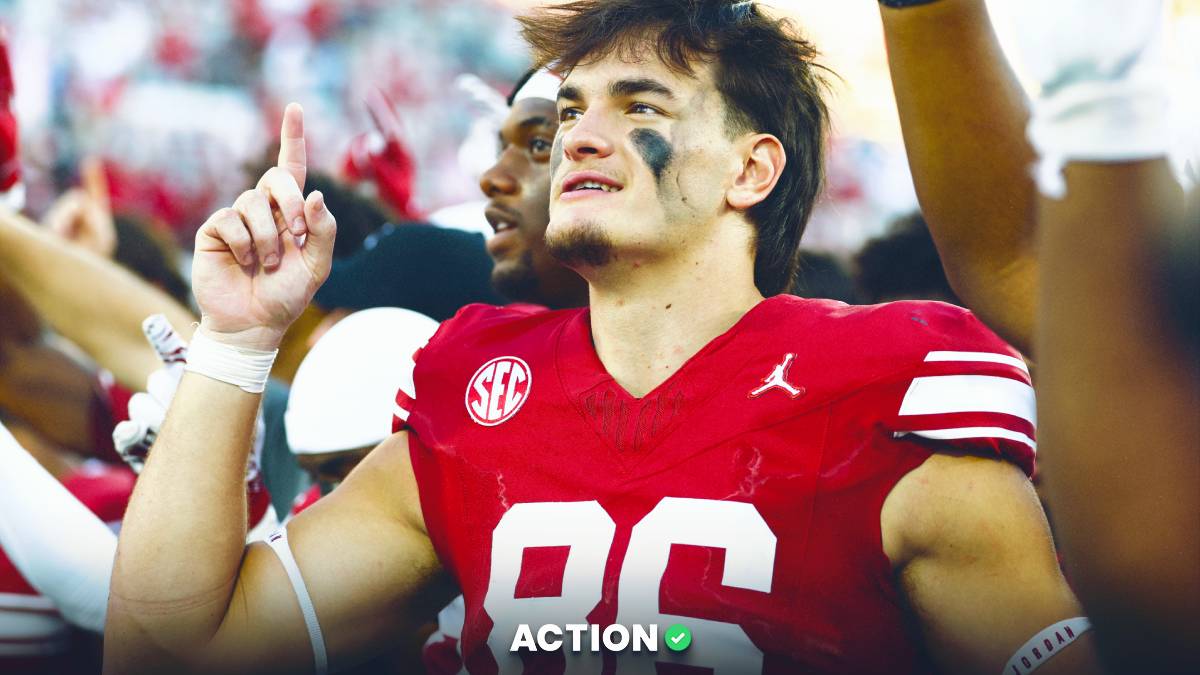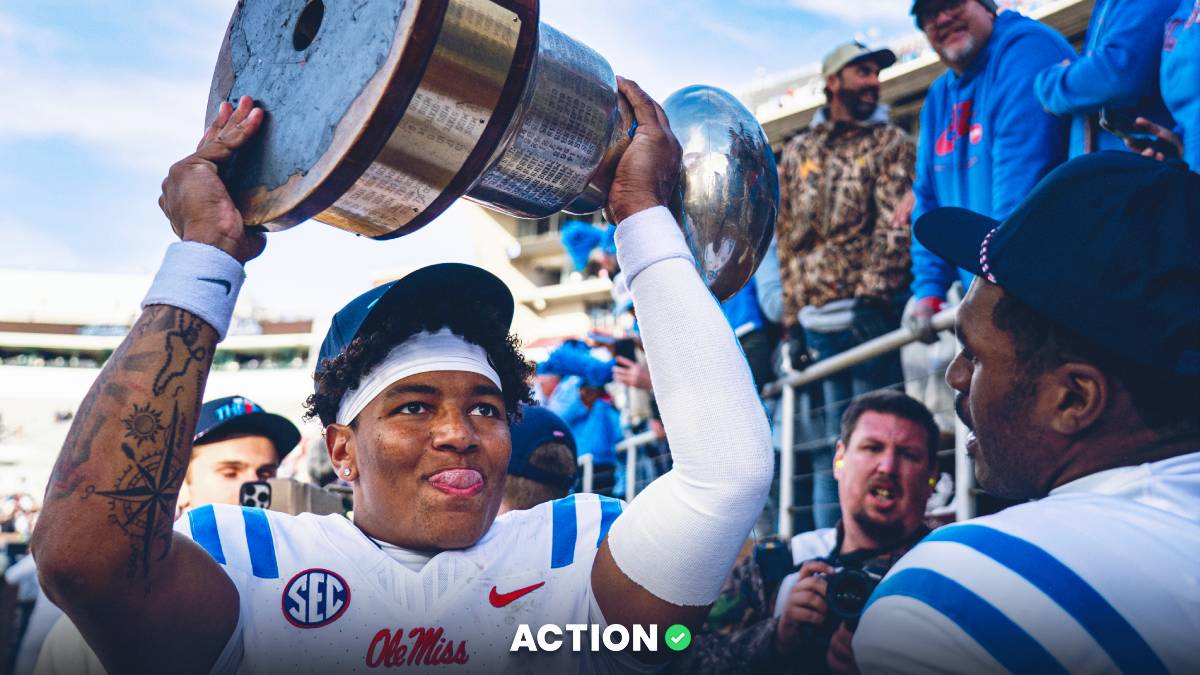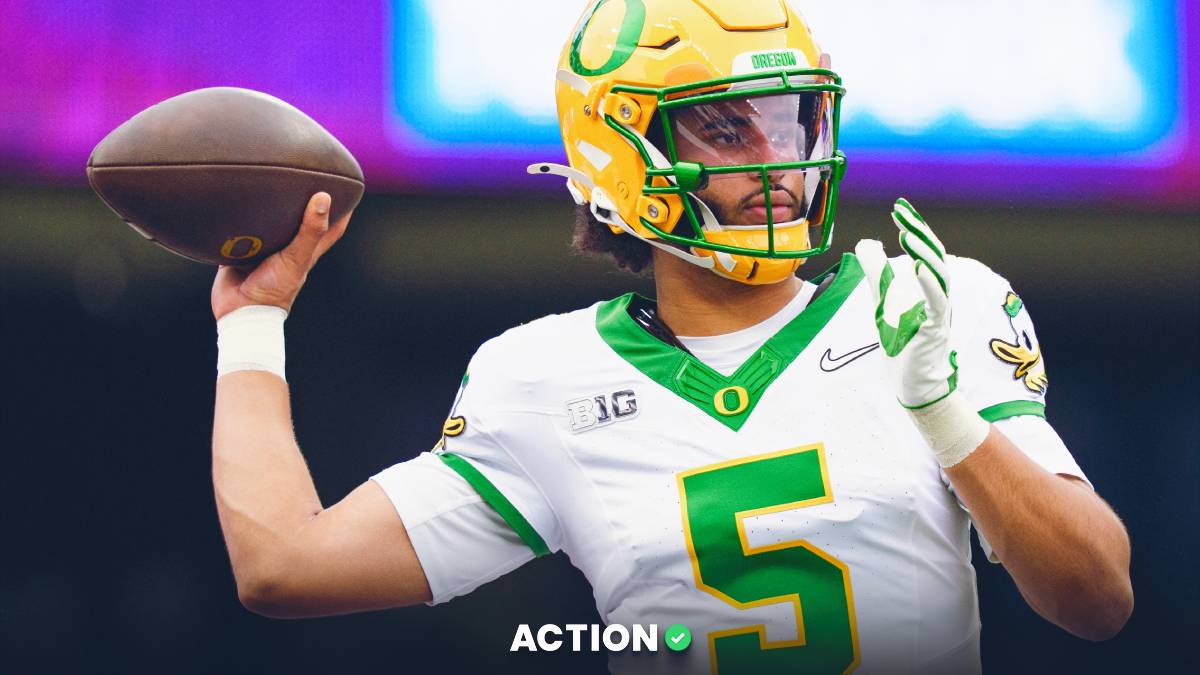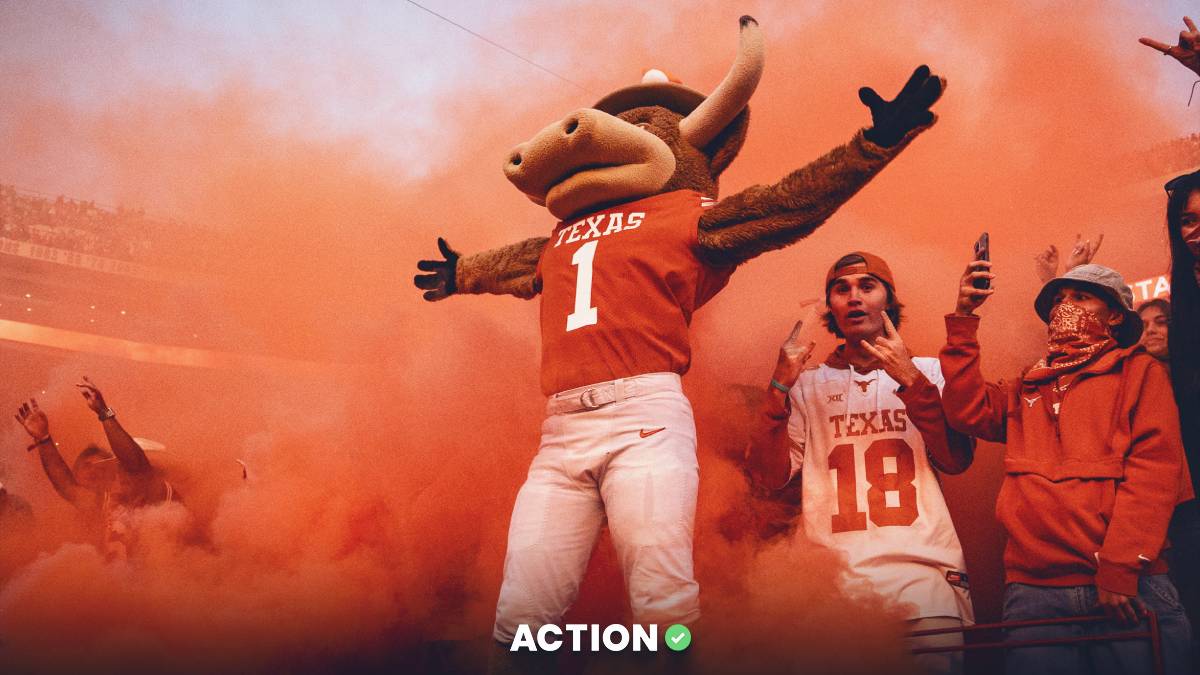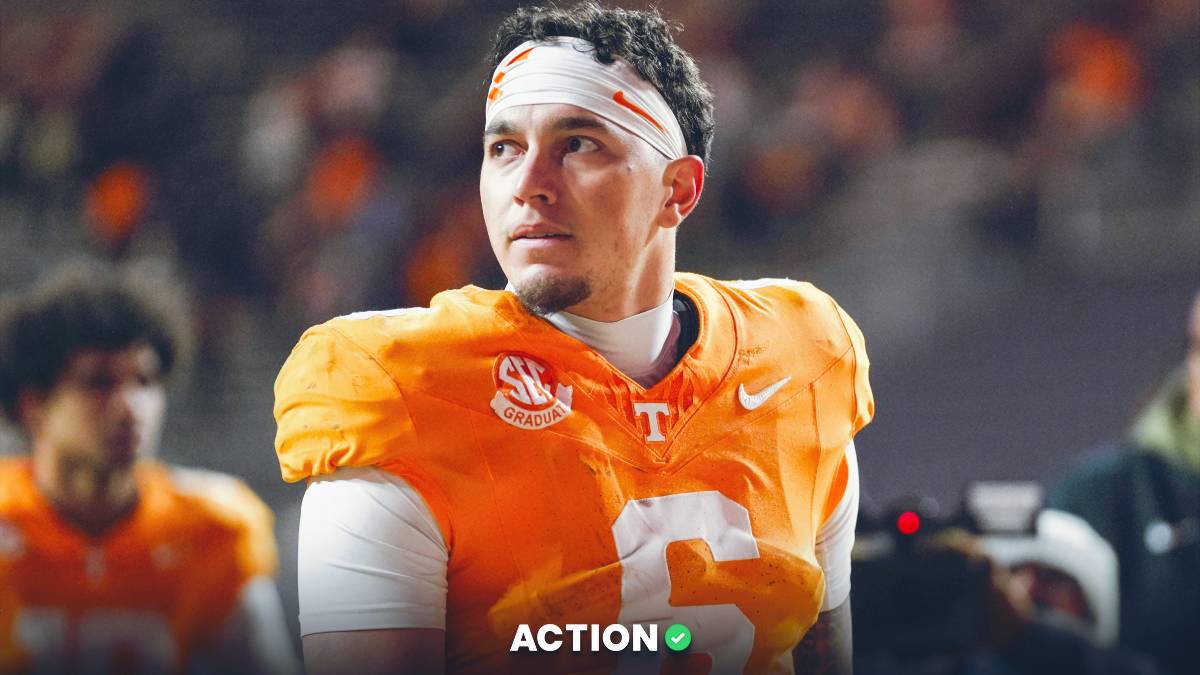- Bend-but-don't-break defenses are known for giving up shorter yardage underneath, but limiting big plays.
- This leads to efficient drives by the offense that run clock and kill time, which helps games stay under the betting total.
- The data reflects that: Bend-but-don't-break defenses have hit the under at a 57% clip over the last four seasons.
Big plays are football's version of 3-pointers and home runs. Every coach wants to generate them on offense, and no one wants to give them up.
Then there are certain coaches who will do anything to stop those explosive plays, even at the expense of easier yardage underneath. That's best known as a "bend-but-don't-break" defense.
I'm always visualizing how college football games can go under the betting total. One of my favorite ways is efficient, clock-killing drives that end in punts or turnovers deep in opposing territory. Bend-but-don't-break defenses tend to force those more often than not. At least anecdotally.
But is that actually the case? Oddsmakers factor in everything when creating betting lines and totals. Can they account for a defensive philosophy such as this one?
Over the last four years, they haven't. Bend-but-don't-break defenses have gone under more often than not.
Metrics Used
I took Football Outsiders' success rate and explosiveness measures in each season since 2014 — when those metrics became adjusted for opponent — and compared them to find these types of defenses.
Teams with poor success rates but strong IsoPPP+ fit the bend-but-don't-break mold.
- Success rate: How "on-schedule" a team is to pick up a first down with a given play: 50% of necessary yardage on first down, 70% on second down and 100% on third down. Teams with strong success rates are efficient.
- IsoPPP+: An explosiveness measure that judges the magnitude of big plays when a team allows them.
I narrowed it down to teams that finished nine rating points better in explosiveness than success rate as FO defines it — a somewhat arbitrary limit, sure, but it captures around the top 15% of teams by this measure. That's a big enough net, but not too big.
I also filtered out teams that were top 20 in both metrics, even if their explosiveness rating was better than their success rate. Alabama isn't bend-but-don't-break. The Tide are usually don't bend, but never break.
So What Are the Results, and Why?
Teams with bend-but-don't-break defenses go under at a 57% clip in a sample size of more than 930 games.
On average, they produced 5.45 overs and 7.26 unders per year.
Just 19 of the 73 teams on that list finished that respective season with more overs than unders.
As for the why: I'm not the one to explain the football philosophy of bend-but-don't-break. FootballStudyHall's Ian Boyd did a good breakdown a few years ago of the coverages involved and why it can work.
Is the Inverse the Same?
It stands to reason that teams that give up big plays but take away the easy yards will go over totals more often because opposing offenses will take more shots. That results in stopped clocks, more plays and more points when those plays are executed.
In the same time frame, the teams that are the inverse of bend-but-don't-break have hit 391 overs and 351 unders for a 52.7 over percentage. So not quite at the same level.
So How Can I Use This?
What good is anything if it doesn't help you bet in the future?
This season, the results are holding up. Teams in the top 75-percentile of this bend-but-don't-break measure are 53-43 on unders, good for a winning percentage of 55%.
Here's a list of those teams:
There are a few caveats to note.
Is this predictive in any way? I'll be monitoring it over the next few weeks. With the data we have, it's hard to know whether these teams went under because of their philosophy, or if the metrics turned out this way because they were going under.
In the four seasons we looked at, we're dealing with a full year's worth of metrics. They tend to get sharper over a bigger sample size. So if you're betting in Week 6, the numbers aren't quite as reliable. They're not yet available on FO in a 1 to 130 list, but on individual team profiles in Bill Connelly's Google Doc.
You might know a team's philosophy, but that doesn't mean its personnel will carry it out. A bunch of teams met the criteria twice in four seasons — Utah, Houston, UCLA, South Carolina and BYU among them. We know a lot of those teams play a bend-but-don't-break style. They limit big plays and make you move the ball in chunks.
But just because teams want to do that, doesn't mean that they can. Sometimes they get burned underneath and deep.


